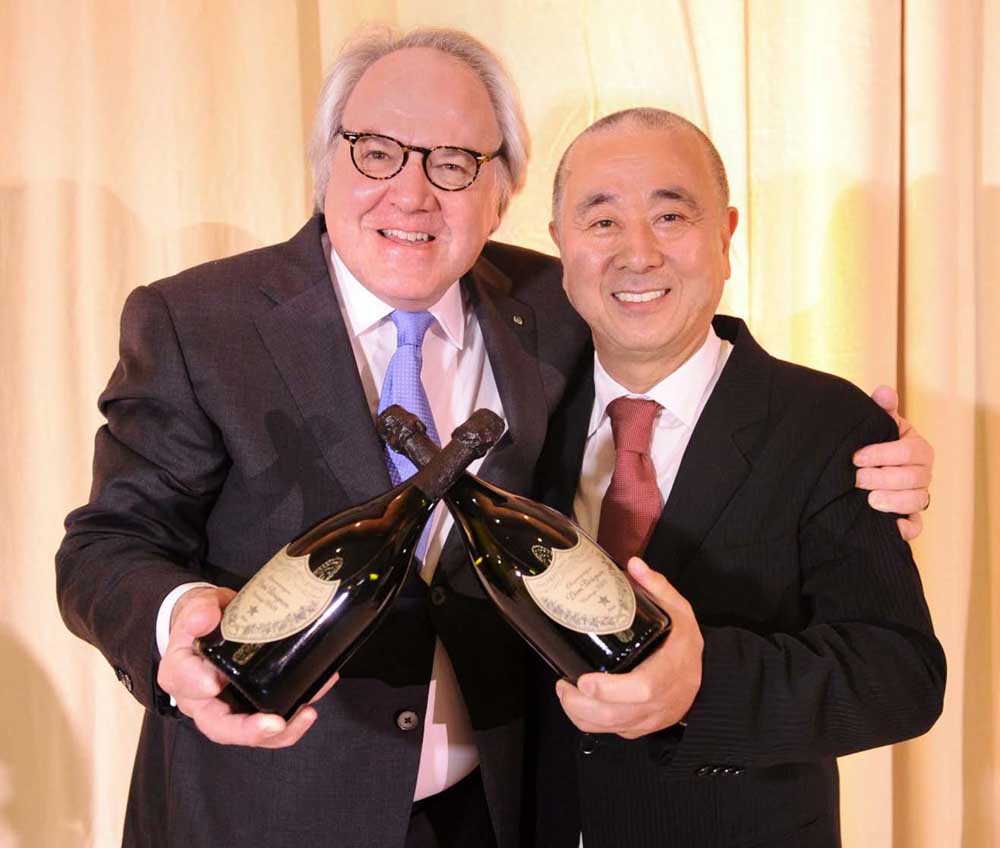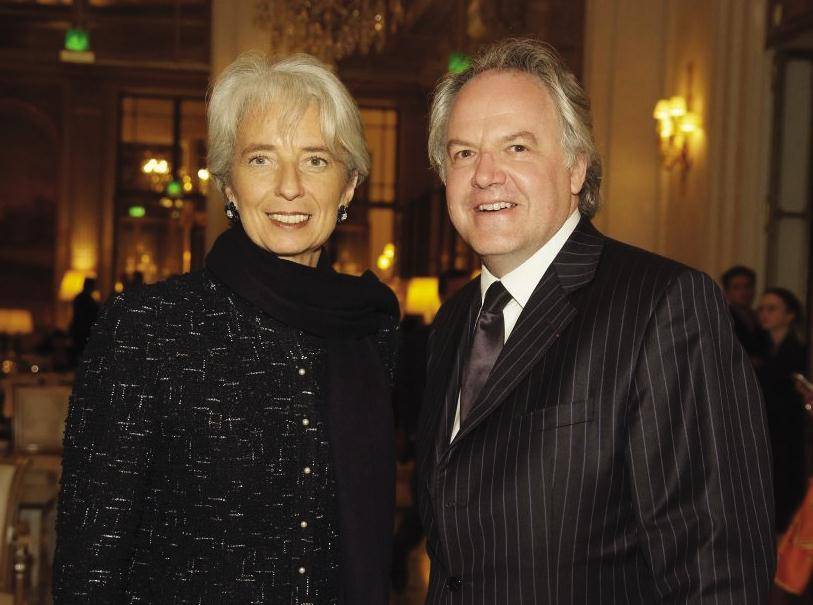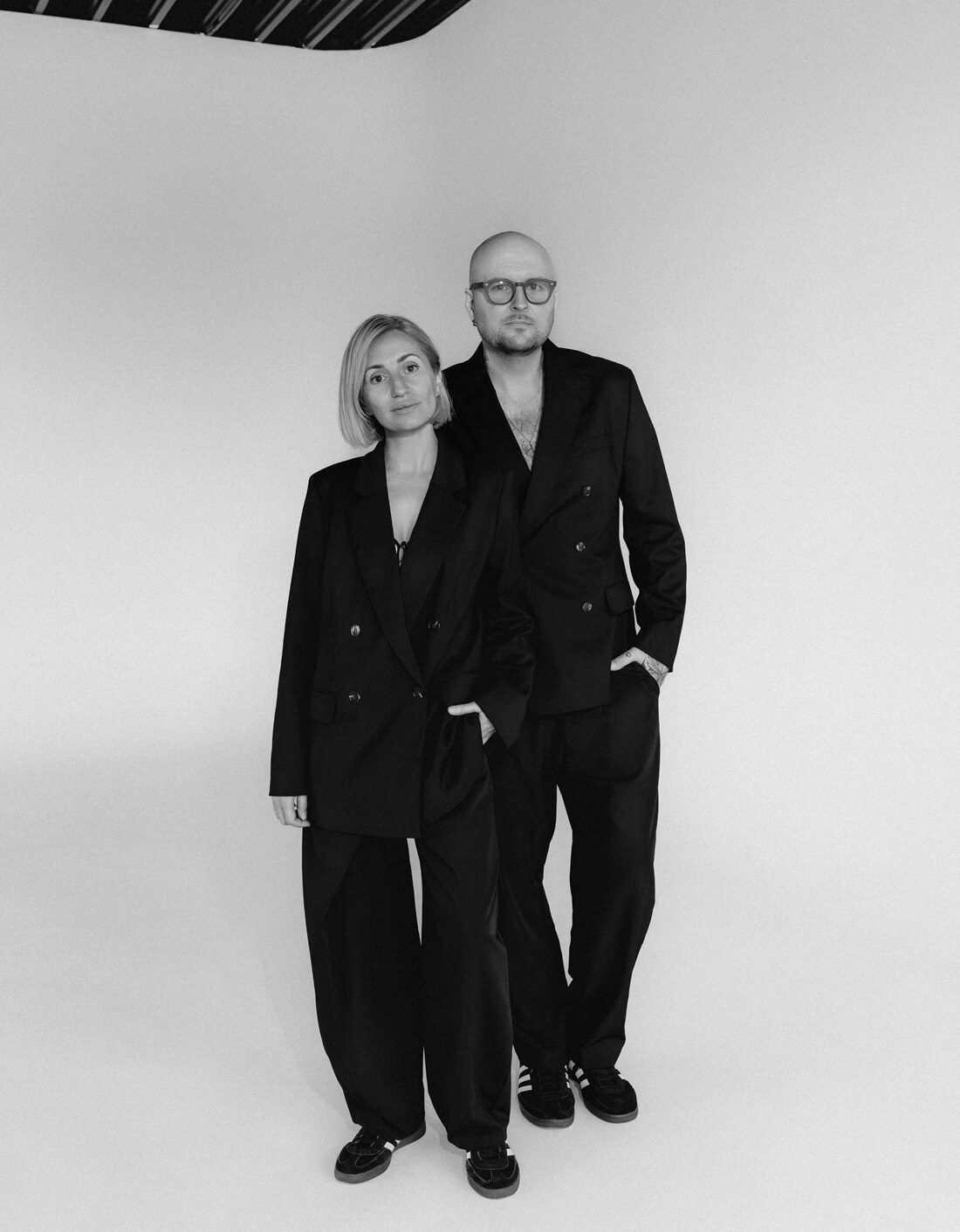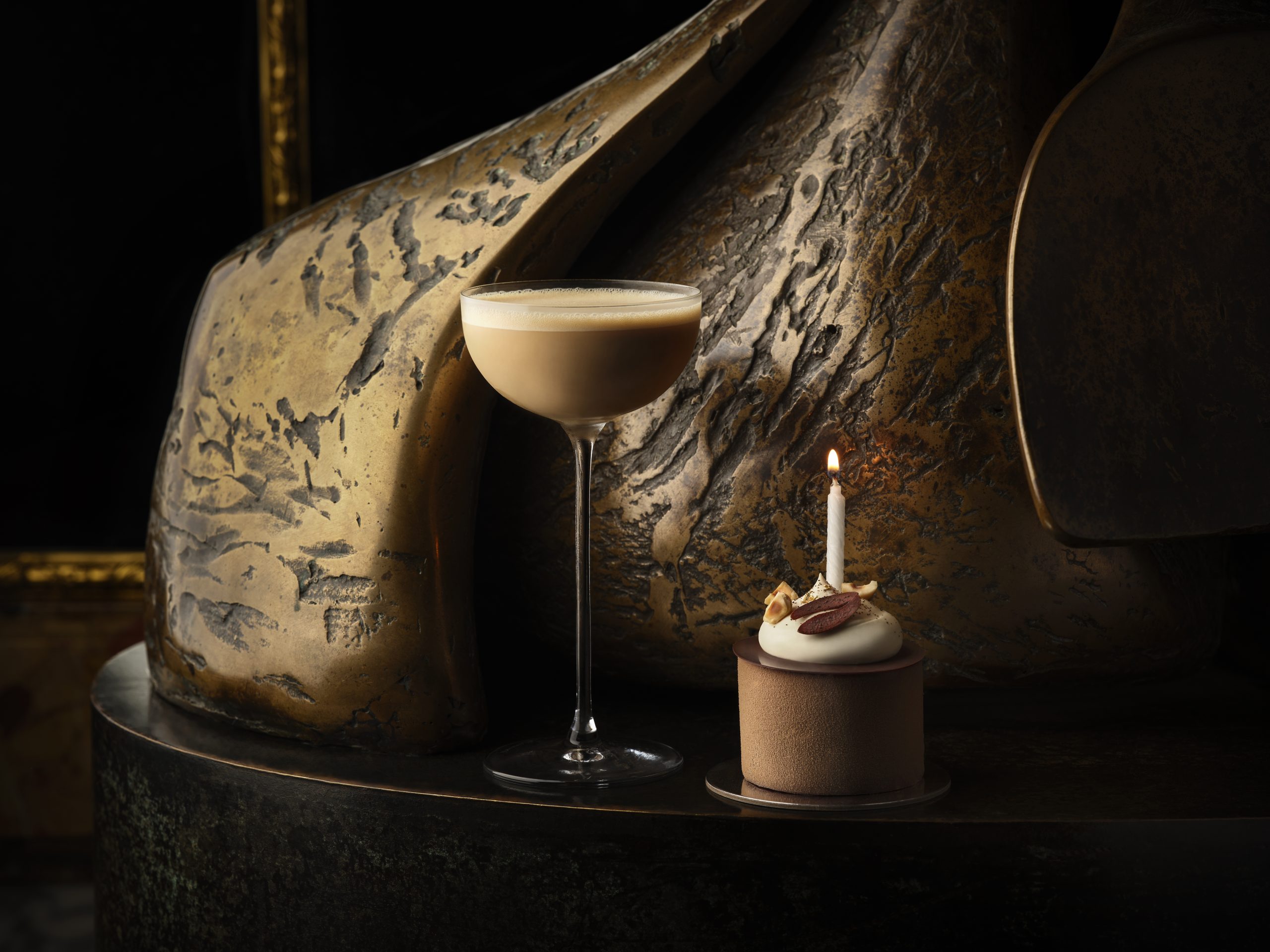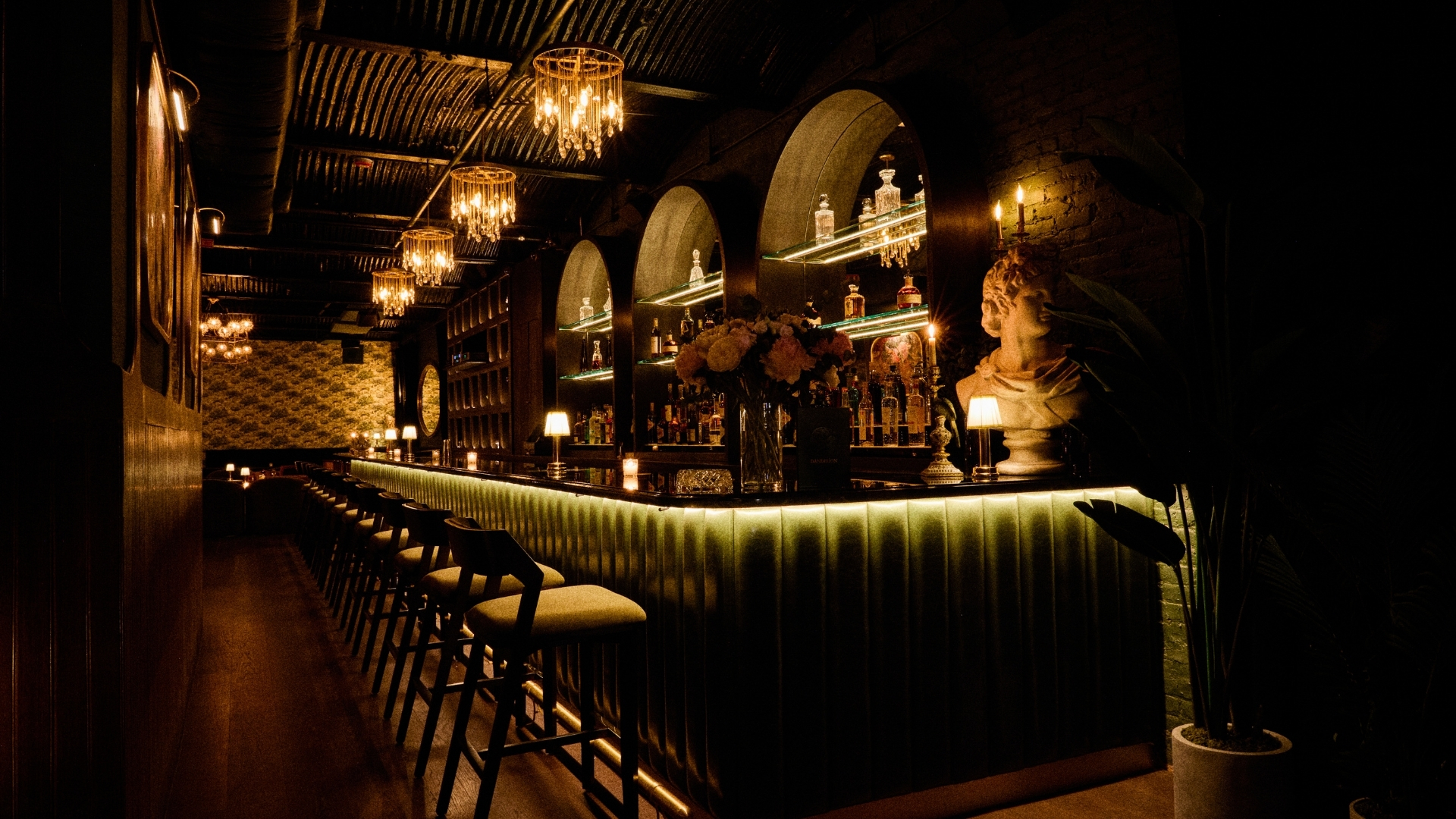High Spirits with Moet Hennessy’s global CEO, Christophe Navarre
 In the midst of the Food Network South Beach Wine & Food Festival, Moet Hennessy’s global CEO , Christophe Navarre, looks out the window of a suite at The James Royal Palm and surveys the action below. Moet Hennessy is a serious sponsor of the festival and a number of its brands will be poured at the events. Indeed the Wine & Food festival seems like a perfect habitat for a creature such as Navarre who knows wine and spirits inside out. “It is not about the size of an event, but more about connecting with an audience that understands and appreciates the extraordinary quality of our products,” says Navarre wisely.
In the midst of the Food Network South Beach Wine & Food Festival, Moet Hennessy’s global CEO , Christophe Navarre, looks out the window of a suite at The James Royal Palm and surveys the action below. Moet Hennessy is a serious sponsor of the festival and a number of its brands will be poured at the events. Indeed the Wine & Food festival seems like a perfect habitat for a creature such as Navarre who knows wine and spirits inside out. “It is not about the size of an event, but more about connecting with an audience that understands and appreciates the extraordinary quality of our products,” says Navarre wisely.
Navarre will be honored alongside Nobu Matsuhisa at the big annual Tribute Dinner. Martha Stewart is emceeing the event, which is the jewel in the festival’s crown. So many honors have been bestowed on the CEO , who is already a Chevalier of the French Legion of Honor, a Commandeur de l’Ordre du Mérite Agricole and an Officer de l’Ordre de la Couronne in Belgium, the question is, is the Tribute Dinner a big deal for Navarre? Yes, but not for the reasons you might imagine. He is please to be recognized alongside Nobu, and especially grateful for “the recognition of Moët Hennessy” the honor brings.
Navarre sits in an enviable position, at the cross-section of the epitome of big luxury business and perceived joie de vivre. Surely as CEO of the most important luxury wine and spirit company in the world, he must get to drink and enjoy himself a little more than your average Chief Executive Officers, right? Not necessarily. Instead of mixing pleasure into the work it seems that it is more often, the other way around. “Everything is part of your business life. We are traveling so much, all around the world (the team and I). I don’t have the impression of working, when I wake up in the morning I don’t feel like I’m going to an office. I simply have the impression that I’m living my life,” says Navarre of distinguishing his private from his work life. “Sometimes we can free up some time but it’s not an easy task.”
[highlight_text] “The golden rule in Moet Hennessy is quality, quality, quality. Because when you have quality, you have image.” [/highlight_text]
On this particular occasion, Navarre will have a chance to blend work with pleasure and a rare opportunity to visit his Florida home. “My wife is American. She loves Miami and we have a place in Bal Harbour. We love it, but getting here is a question of time, so when we have time, we come.” Family walks on the beach, dinners at new restaurants like Zuma and, of course, enjoying a good cigar are among his favorite things to do when he’s in town. “I’m very correct, I smoke Davidoff Cigars when I’m in the US and Cuban cigars in France, and Davidoff too,” he adds.
While Navarre dreams of one day owning a cigar plantation in Cuba, he’s busy helping Moët Hennessy build vineyards in China. He feels that as California was once the promised land, it is now China. And so MH has partnered with Chinese liquor maker VATS Group to potentially produce some of the best red wine in Asia. The fruits of their labor won’t be truly evident for three more years, but the conditions in Shangri-La look promising. It took three plane trips and a seven-hour trip in a Jeep over mountainous terrain; but when Navarre saw the land, 7,000 meters high, he knew after visiting more than 30 sites, that this was the right place.
Winemaking is not new to China, but western companies like LVMH producing there, are. “I met the man who governs the region, in a traditional suit, with the boots and hat. It was fantastic. The whole thing is a dream because we have the chance to do things with new partners in completely new territories. It’s very emotional. There is nothing there, just people, mountains and yak.” But Moët Hennessy is not there for novelty; they are there because they feel the conditions are conducive to greatness. “When you want to produce wines, what’s important is the nature of the soil, maturity of the climate, it’s critical. This will probably be the best wine in China,” he says confidently. Despite the high quality westerners would undoubtedly enjoy, it is unlikely that too much of the cru will make its way off the mainland as China’s demand for wine is rapidly increasing with local supply unlikely to ever catch up. Their thirst for French Champagne has made the 330 million bottles produced annually all the more precious. “There is a limitation,” he says, believing that all the brands must take this fact into consideration when pricing.
Clearly Navarre and company are very excited about ‘New World Wines,’ as they are called. “If you look at the Californian wines now it’s fantastic. Many years ago, it was not so fantastic but it’s improving and you have exceptional quality wines in California right now. It’s a question of working hard to improve the quality- because in luxury brands and products, the first value is quality. If there is no quality, you have no luxury products.”
The other day I tasted an Egyptian wine, white and red, and it was very good. It depends again on the climate and the soil, and that’s really if you have a good oenologist.” This attitude is reflective of the French company’s willingness to experiment, as evidenced by their introduction of Moët Ice. The Champagne was the first designed to accommodate ice cubes for hot weather sipping. “A flute of Champagne on the beach is the worst thing you can do. It gets warm very fast. Do you like warm Champagne? Personally, I do not.” But Moet’s quest for innovation doesn’t stop there. “Why not create a Champagne cocktail? We would not do it with Dom Pérignon, but with Moët Chandon, there is no problem.”
Obviously the company is hitting their mark. “There is a rule you cannot change: Everybody has his own taste. It’s like fashion; taste is personal.” Navarre explains that Moët Hennessy doesn’t ever change the profile of wines or spirits for specific markets. “You need to keep the characteristic of what a good Bordeaux or Cognac is. Fortunately for us, our like to dislike ratio in the US is very, very good.” With top-shelf brands like Belvedere, Dom Pérignon, Château Cheval Blanc, Krug and Glenmorangie, it’s easy to see why the ratio is strongly in their favor.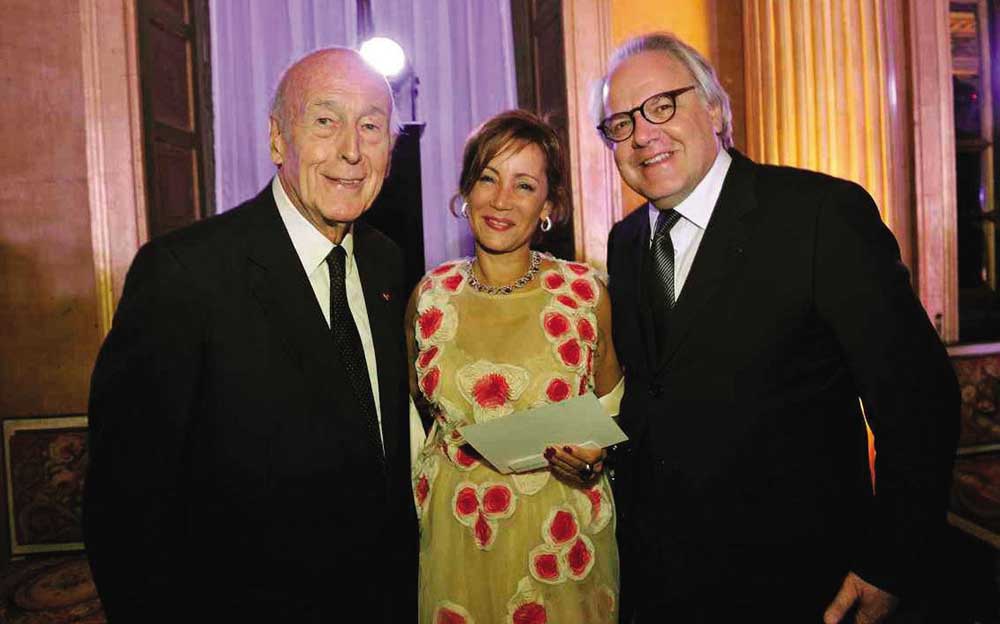
Although the native Belge has been instructed to run Moët Hennessy as if it were his own, Navarre does report directly to Bernard Arnault, the CEO of LVMH . Arnault is one of the most famous French businessmen in the world and shares a warrior mentality with Navarre, who served in the Belgian military. Navarre got his professional start working with Continental Bank and then Exxon before going on to LVMH in 1997 to work as President and CEO of JAS Hennessy & Co. He then grew the company to world leadership in the cognac industry and proved his branding acumen before being appointed CEO of Moët Hennessy in 2001. Under his direction LVMH has acquired Belvedere, Glenmorangie, and reports $3.3 billion euro annual revenues, which puts them just behind Louis Vuitton in company earnings.
Despite the new additions to the Moët Hennessy portfolio, Navarre insists not a lot have brands have been acquired, and they don’t intend to get many more. “The focus now is really on what we have. Honestly, we are not running after acquisitions.” But he wouldn’t rule out another good Scotch, or malt as he calls it. So what is the magic formula they seem to have handily mastered? “The golden rule in Moet Hennessy is quality, quality, quality. Because when you have quality, you have image.” Lastly, the CEO cites innovation, which was in evidence at the launch of David Lynch’s special edition Dom Pérignon. “It doesn’t change the taste profile of the Champagne, but it was a unique and contemporary association. If you have quality, image and innovation, then you can charge a premium price because you are different.”
That difference is discernable and Navarre says the driving force is Arnault, who always makes the brands the highest priority of the company. “Every time you are with him, there is only one motto: desirability. Our brands must be more desirable than the others. If you look to our brands: Vuitton, Dior, Givenchy, Moët, I think there is something in common,” he says proudly. “We have the most beautiful brands, each possessing a rich history, and I am pleased that they are so well appreciated here in the United States.”

